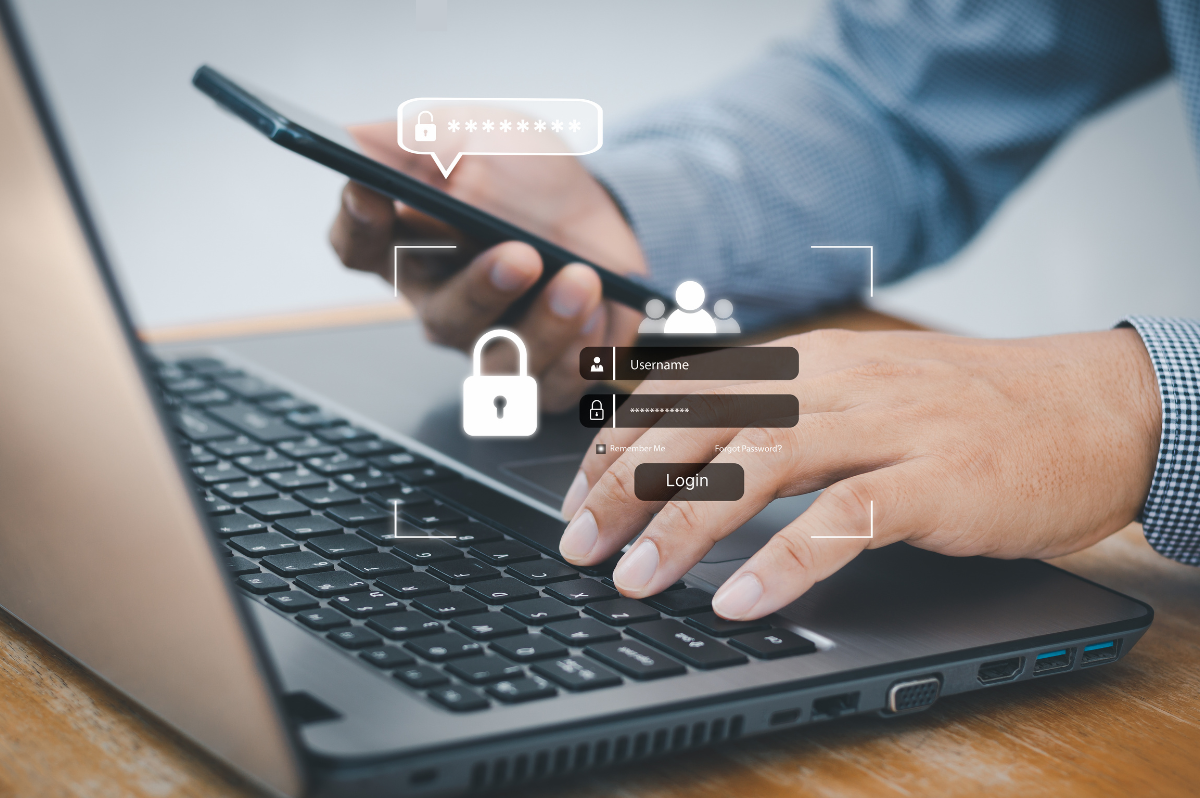Top Misconceptions About Passwordless Authentication Debunked

In a world where passwords are constantly breached, reused, and phished, the cybersecurity industry is shifting toward passwordless authentication—a method that eliminates the need for traditional passwords entirely. Despite its growing adoption and significant benefits, passwordless authentication is still widely misunderstood.
From IT teams to end users, several misconceptions persist—some of which lead to resistance against adopting more secure, modern identity practices. In this post, we’ll clear up the three most common myths surrounding passwordless authentication and explain why it’s not just secure enough—it’s often more secure than many traditional multi-factor authentication (MFA) setups.
Misconception #1: Passwordless Is Less Secure Than MFA
Reality: Passwordless authentication is more secure than traditional MFA.
This myth likely stems from the assumption that adding multiple authentication factors—something you know, something you have, something you are—is inherently stronger than anything else. And while MFA is far better than just using a password, not all MFA is created equal.
Traditional MFA often relies on weak first factors—like a password—and then layers on secondary factors such as SMS codes or authenticator apps. But if the password is compromised (which is increasingly common), and if the second factor is vulnerable (e.g., intercepted SMS), the whole system becomes unstable.
Passwordless authentication replaces the weakest link—the password—with cryptographic login mechanisms such as:
- Device-bound credentials (e.g., FIDO2/WebAuthn)
- Biometrics
- Security keys
- Trusted platform modules (TPMs)
These methods bind identity to a trusted device or biometric, making it nearly impossible for an attacker to compromise without physical access. There’s nothing to steal, nothing to phish, and no password to guess or reuse.
Bottom line: Passwordless is not less secure than MFA—it’s a far more robust evolution of it.
Misconception #2: Passwordless Is Still Vulnerable to Phishing
Reality: Passwordless authentication can stop phishing attacks entirely—especially those using FIDO2/WebAuthn standards.
Phishing works because it tricks users into entering credentials on fake websites. With passwords or even traditional MFA, an attacker can harvest:
- Passwords
- OTPs (One-Time Passcodes)
- Push-based approvals (with push fatigue attacks)
Passwordless authentication—particularly FIDO2/WebAuthn—uses public/private key cryptography, which eliminates shared secrets. When a user authenticates:
- A private key stored on the user’s device signs a challenge from the service.
- The service validates the challenge using the public key.
This process is bound to the domain of the site you’re authenticating with. Even if a user clicks on a phishing link, the private key won’t activate because the fake site’s domain doesn’t match.
No credentials are transmitted, and no phishing site can replicate the challenge.
Conclusion: Passwordless—when done right—is inherently phishing-resistant. It doesn’t just reduce phishing risk; it helps eliminate it.
Misconception #3: Biometrics + MFA Is Enough
Reality: Biometrics are powerful, but alone or even combined with MFA, they don’t guarantee passwordless security.
Some organizations feel that using biometrics with a second factor is enough to move toward a passwordless future—but this can be misleading.
Biometrics are often used as a gatekeeper to access a stored password or MFA token, rather than replacing authentication methods altogether. For example:
- Unlocking a phone with a fingerprint to autofill a password
- Using facial recognition to approve a push notification
In these cases, the biometric is simply enabling access to traditional credentials, which may still be phishable or stored insecurely.
On the other hand, passwordless systems that use FIDO2/WebAuthn or device-bound credentials leverage biometrics as part of a cryptographic operation that never involves passwords. The biometric unlocks access to a private key on the device, which is used to verify identity—without ever transmitting secrets over the network.
This eliminates the risk of:
- Password theft
- OTP interception
- Replay attacks
So while biometrics are useful, they’re only secure in a passwordless setup if paired with cryptographic protocols—not just layered on top of existing (and vulnerable) login methods.
Why These Misconceptions Matter
As organizations look to modernize identity security, misconceptions like these can lead to:
- Hesitation to adopt better technologies
- Continued exposure to phishing and credential attacks
- A false sense of security based on outdated MFA methods
Moving toward a truly passwordless future is not just a buzzword—it’s a proven way to reduce attack surfaces, improve user experience, and align with Zero Trust principles.
Passwordless authentication represents a significant leap forward in both usability and security. It’s more than just the next evolution of MFA—it’s a chance to eliminate the weakest link in digital security: the password itself.
By embracing phishing-resistant, cryptographic, and device-bound authentication methods, organizations can better protect users and systems—without the cognitive load of remembering and managing passwords.
It’s time to move past the myths and embrace a future that’s truly secure—and password-free.
Try Portnox Cloud for Free Today
Gain access to all of Portnox's powerful zero trust access control free capabilities for 30 days!



